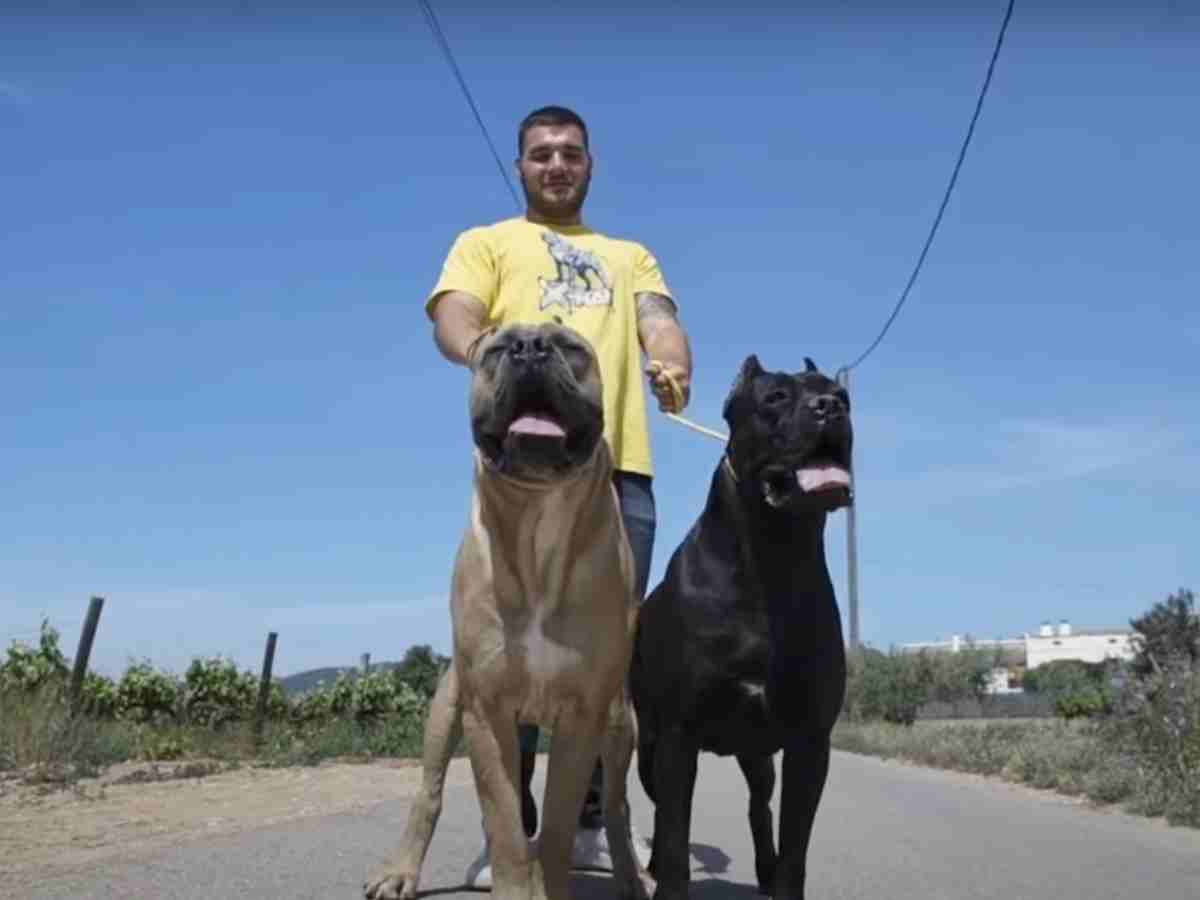Dog fights are an illegal and deeply disturbing practice that, unfortunately, continues to exist in Spain in 2024. Despite legal prohibitions and awareness campaigns, this cruel activity persists in various forms and levels of organization. Understanding the reality behind dog fights is essential to combat this issue and support the rehabilitation of rescued dogs.
The Reality of Dog Fights in Spain
Many people believe dog fights are a thing of the past, a relic of a less aware and compassionate society. However, the truth is far from this assumption. “I thought this didn’t exist anymore,” Jaime said. Sadly, dog fights are still very much present in Spain.
There are three distinct levels of dog fights:
- Street-Level Fights: These are often improvised and involve stolen dogs forced to fight in parks or hidden areas. These fights are disorganized and brutal, with little regard for the animals’ well-being.
- Organized Fights: These involve individuals who see dog fighting as a business opportunity. They invest in dogs they believe have fighting potential and profit from the fights.
- Clan and Gang-Organized Fights: These are highly structured and involve large sums of money, illegal betting, and a network of people complicit in the activity. This level is akin to a criminal enterprise.
Who Participates in Dog Fights?
The types of individuals involved in dog fights vary:
- Desperate Individuals: These people may steal dogs to fight in exchange for money or drugs. Their actions are driven by necessity or addiction.
- Amateur Dog Fighters: These are individuals who attempt to profit by using dogs they believe have some fighting potential.
- Organized Criminals: Clans and gangs operate on a much larger scale, treating dog fights as a significant source of income.
None of these activities should ever be permitted. Organizations like Tarracos Bull have worked tirelessly to combat dog fighting, rescue affected animals, and rehabilitate them.
Rescuing and Rehabilitating Fighting Dogs
Rescuing a dog from a fighting environment is only the first step. The next challenge is rehabilitation, which requires time, patience, and expertise. “How do you rehabilitate a fighting dog?” Jaime asked. The process depends on the individual dog’s level of trauma and aggression.
- Assessment: The dog’s psychological and physical state is evaluated. Factors such as fear, aggression, and stress levels are analyzed.
- Controlled Environment: Initially, the dog is kept in a controlled environment to reduce stress and begin rehabilitation.
- Specialized Training: Professional trainers work on addressing the dog’s trauma, focusing on reducing aggression and building trust. Most rescued dogs (80-90%) cannot be fully reintegrated into typical social settings, such as being off-leash in a park. This is due to acquired fears and behavioral patterns.
- Matching with the Right Adopter: Finding the right adopter is crucial. This person must have the knowledge and discipline required to care for a rehabilitated dog. Often, individuals involved in martial arts, with their focus on discipline and balanced lifestyles, make excellent adopters.
- Gradual Socialization: Once the dog is balanced within its immediate environment, trainers work on slowly introducing it to other dogs and new settings. This process takes time and requires professional oversight.
The Challenges of Rehabilitation
Rehabilitating a fighting dog is a delicate and lengthy process. It requires significant effort, expertise, and resources. Unfortunately, not all dogs can fully recover from the trauma they have endured. However, with the right approach, many can go on to lead happy, balanced lives with dedicated owners.
The Importance of Responsible Adoption and Breeding
Whether adopting or purchasing a dog, it is vital to make responsible choices. “You need to know what you need and find a dog that matches,” Jaime explained.
- Responsible Adoption: Adopt from organizations that prioritize rehabilitation and responsible placement. Avoid facilities with poor standards or unethical practices.
- Ethical Breeding: If you choose to buy a dog, ensure the breeder is reputable, invests in their dogs, and cares about their welfare. Avoid breeders who prioritize profit over the animals’ health and well-being.
Unethical breeding and irresponsible adoption contribute to the problem. Supporting ethical practices helps combat the cycle of neglect and abuse.
Raising Awareness and Fighting Back
Raising awareness about the cruelty of dog fights and supporting organizations dedicated to rescuing and rehabilitating affected animals are critical steps in ending this practice. “It’s a delicate topic,” Jaime said, “but it’s one we need to address.” Combating dog fights requires collective action from society, authorities, and animal welfare organizations.
Conclusion
Dog fights remain a harsh reality in Spain in 2024. Understanding the levels of organization, the individuals involved, and the challenges of rehabilitation is essential in addressing this issue. By supporting responsible practices, adopting ethically, and raising awareness, we can take significant steps toward eradicating this cruel activity. Together, we can create a safer and more compassionate environment for all dogs.


